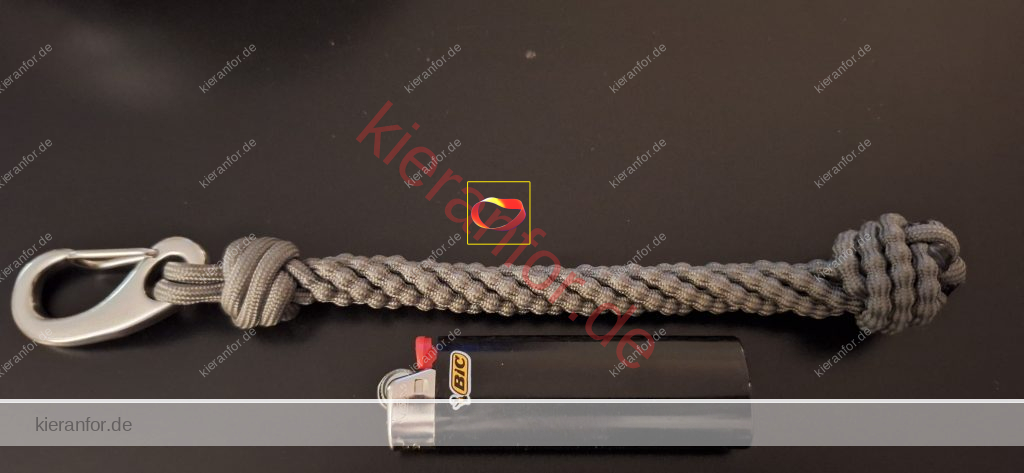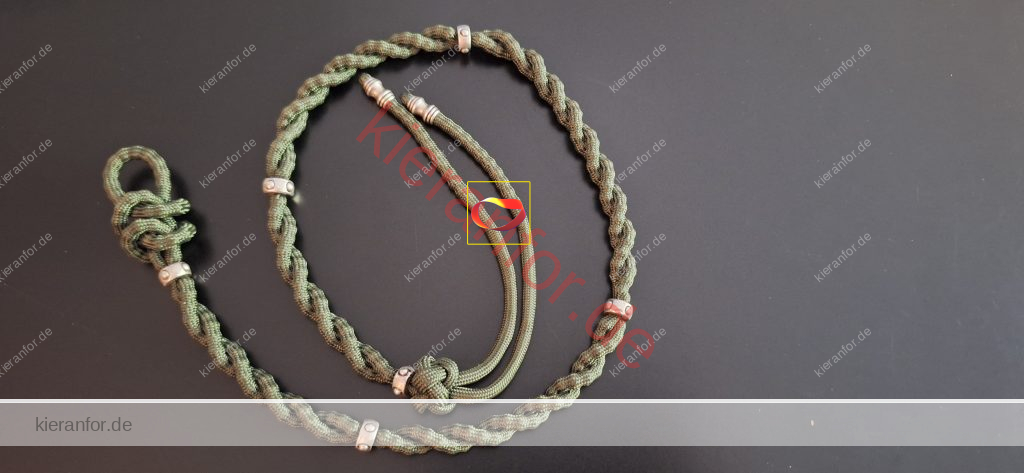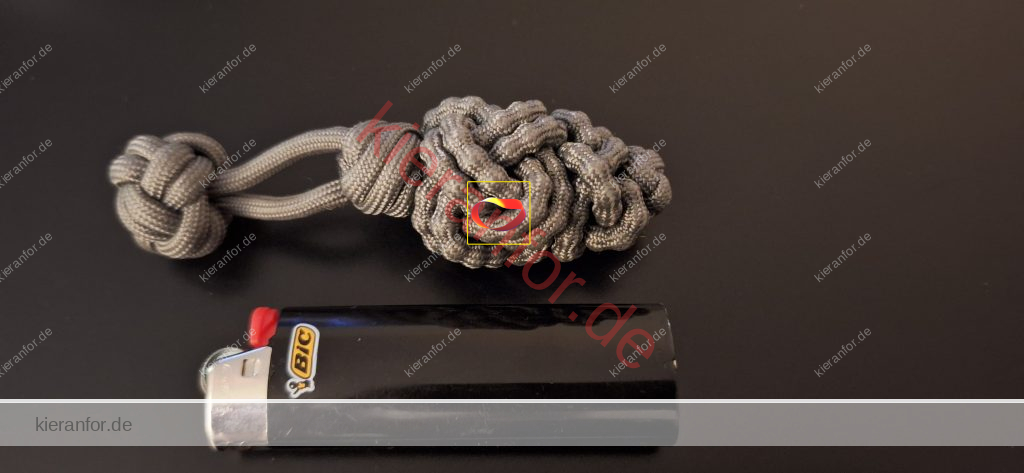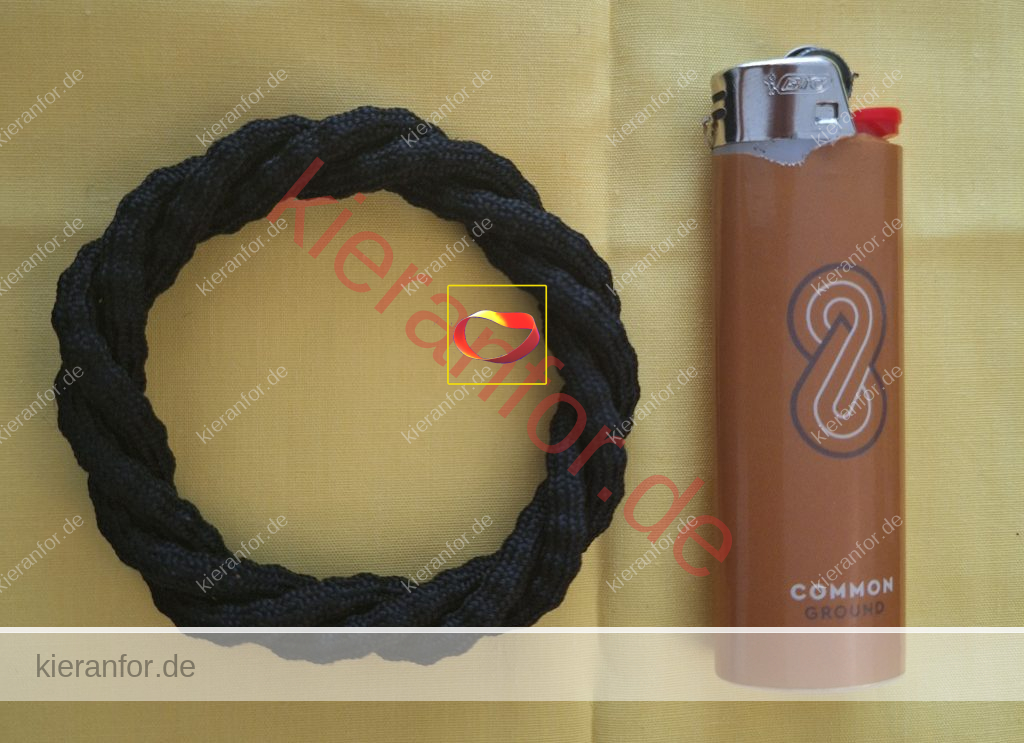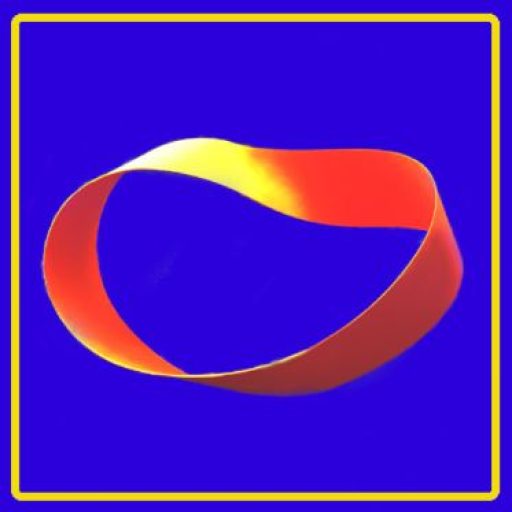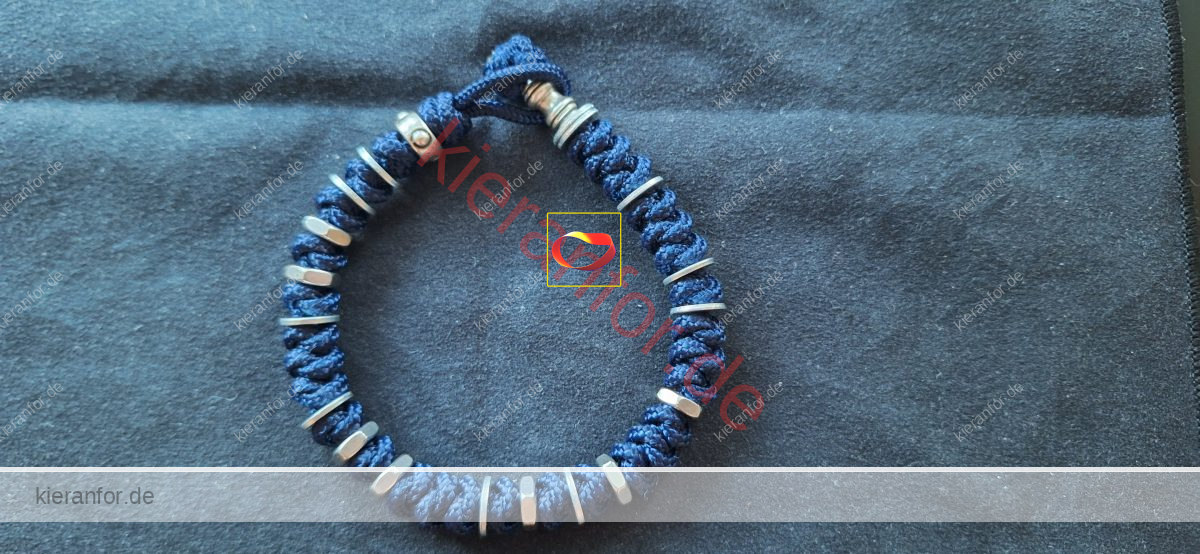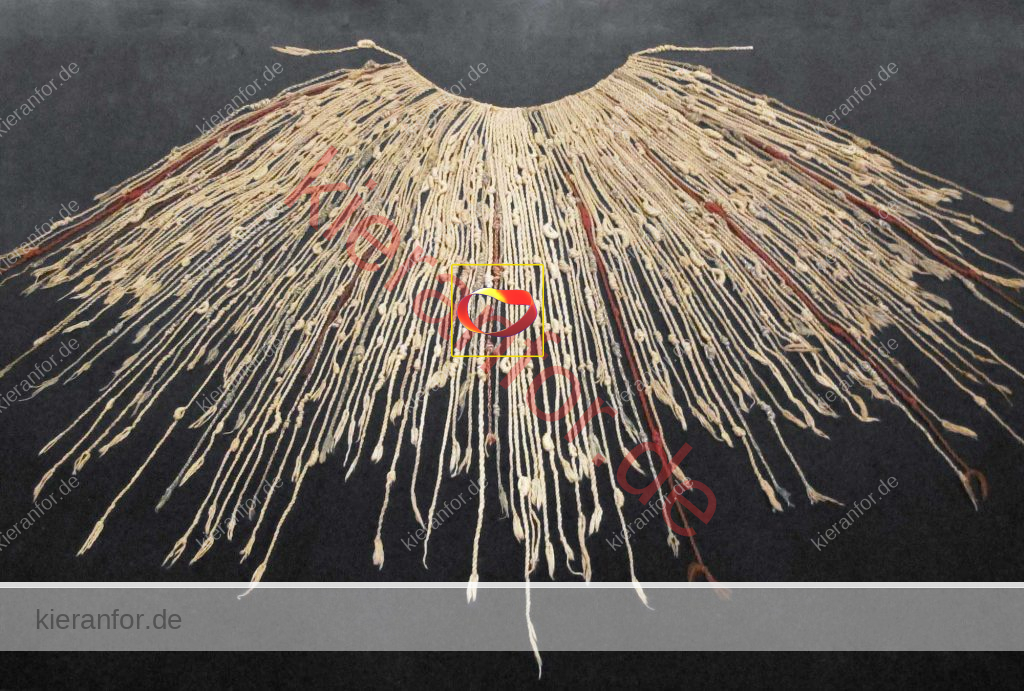Header image: ﻼF “Serenity bracelet/fidget”
I’m currently taking the Surrey Amateur Radio Basic Course to get my federal amateur radio certificate.
- I am not optimistic about passing the exam this time. I did not think it would be as technical as it is and I will probably need to go back (how far back?) and do some study into the basics before I can make sense of all.
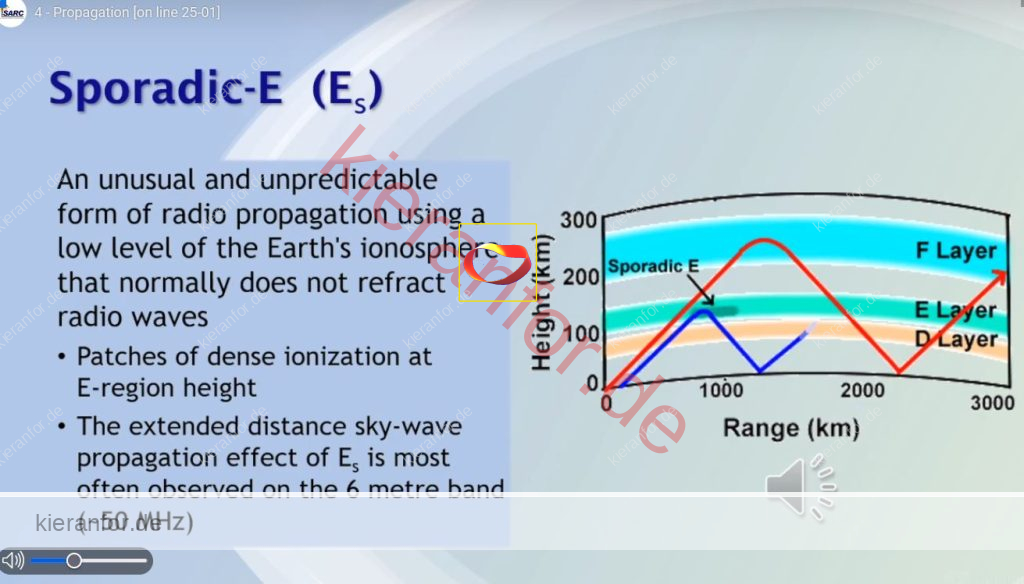
- I have had a passing interest in Morse code for many years now and I thought I the course might help me get more focused on learning to transmit and receive. Alas, while I am making progress, it’s through my hobby of ropework rather than through the HAM course.
- Still, I’ll get there. 2026, maybe. 2027 for sure.
As is well-known, Morse code messages are built from dots’ and dashes’, or, keying up the transmitter during a short or a longer time. Officially, a dash is three times as long as a dot, and there are also rules for the pauses in between: the pause within a letter is as long as a dot; the pause between two letters is three times as long, and the pause between two words is seven times as long as a dot.
(Source)

The fact that the 5 Hz peaks coincide with the dots is a direct consequence of the morse timing rules. For comparison, the second (red) morse signal in the figure has a non-standard timing: the dashes are as long as 2 dots rather than 3, and the pauses between letters are 4 rather than 3. We see that then the dots sometimes coincide with the peaks and sometimes with the troughs.
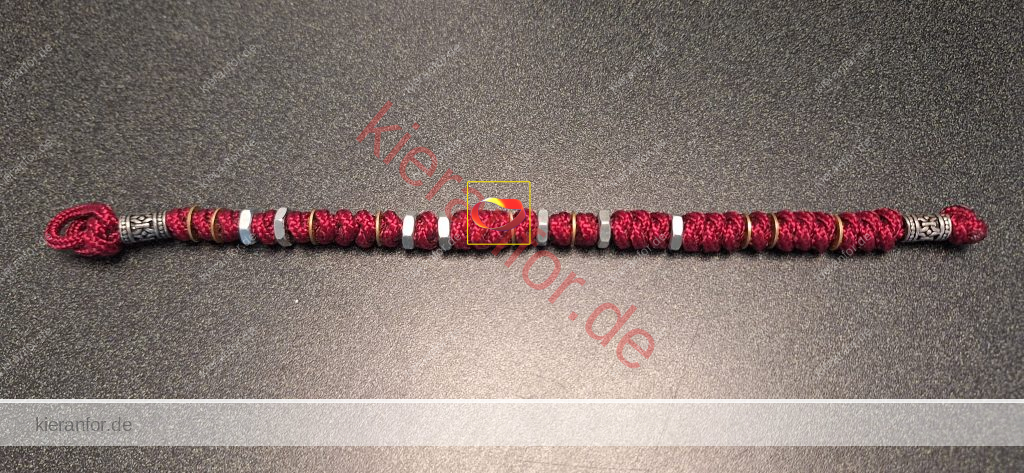
Gifted to Jon
Morse code is not necessarily a binary system, but in a sense may be a ternary system, with a 10 for a “dit” or a “dot”, a 1110 for a dash, and a 00 for a single unit of separation
https://en.wikipedia.org/wiki/List_of_binary_codes
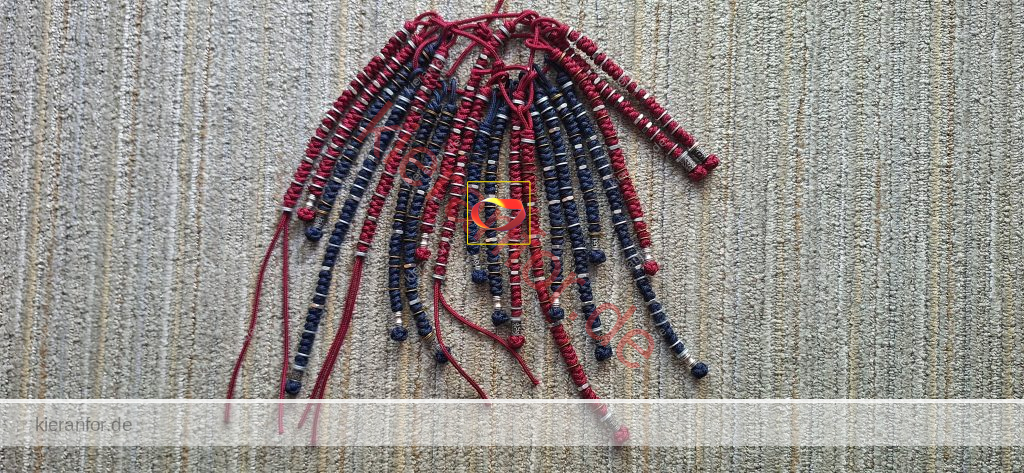
Makes me think of the Incan quipu:
Quipus, The Inca Language of Knots
https://www.neh.gov/project/quipus-inca-language-knots

It’s easy to remember SOS . . . – – – . . .
Add M (–) from SMS (. . . – – . . .), E (.), and T (-) and now you know 6/26 letters already!
https://en.wikipedia.org/wiki/Jeremiah_Denton
– / — / .-. / – / ..- / .-. / .
One of my favourite articles from Low-tech Magazine:
(June 2010) Lost Knowledge: Ropes and Knots
https://solar.lowtechmagazine.com/2010/06/lost-knowledge-ropes-and-knots
- It frames rope as hardware and knots as software.
- Looked at this way, ropework/weaving could be viewed as our earliest forms of coding.
Some of the wee projects I practise on:
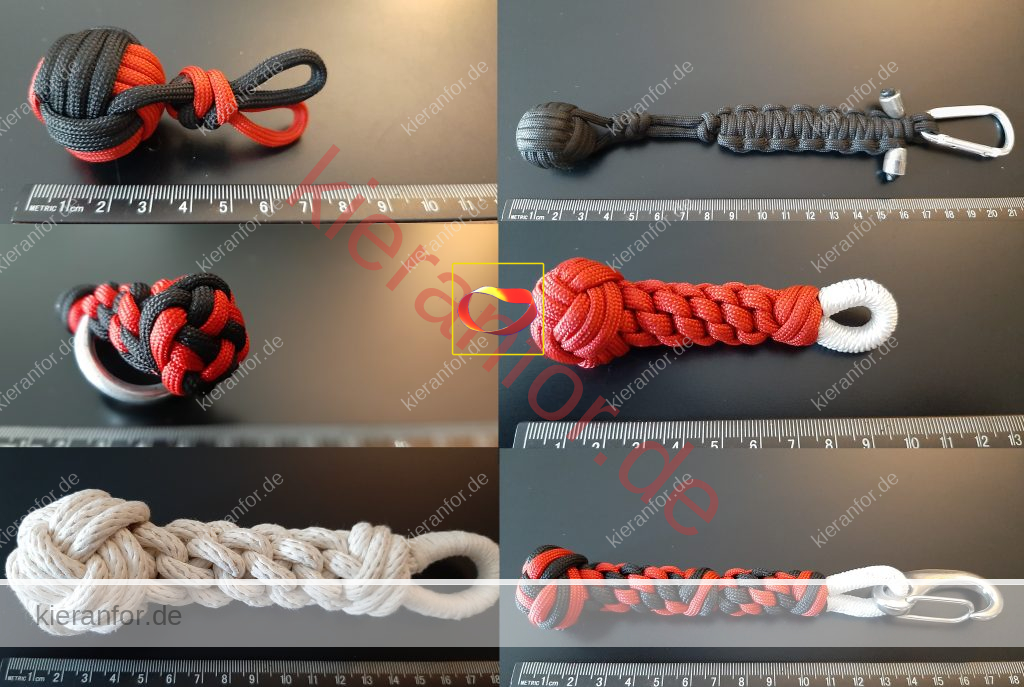
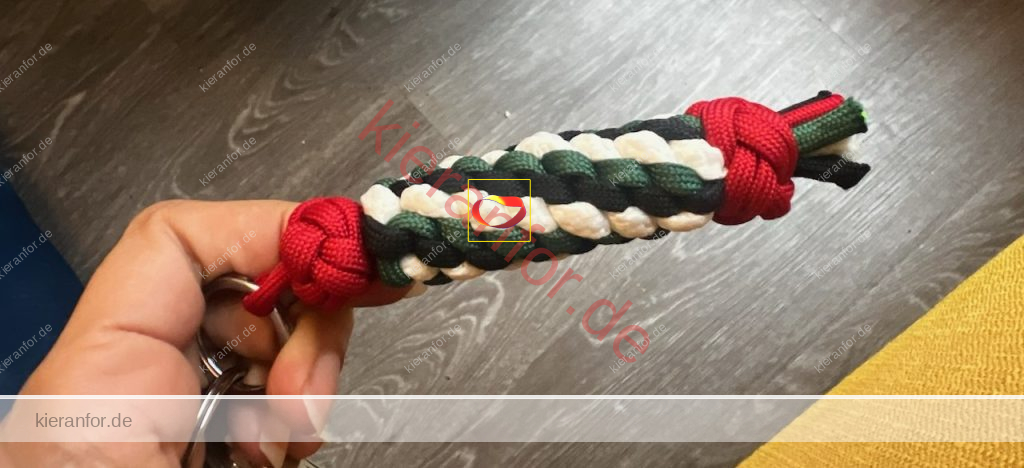
My “weighted cord” fidgets
